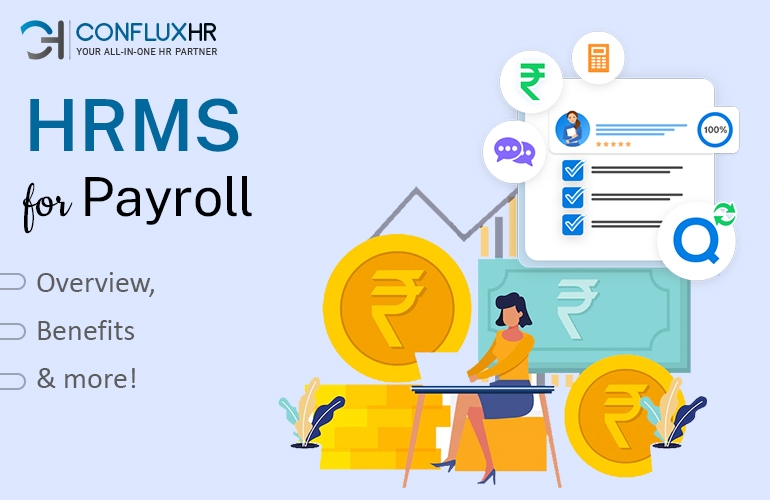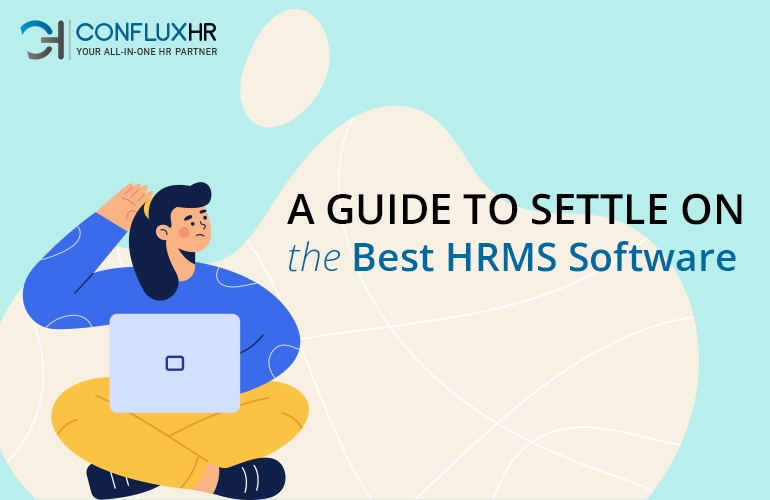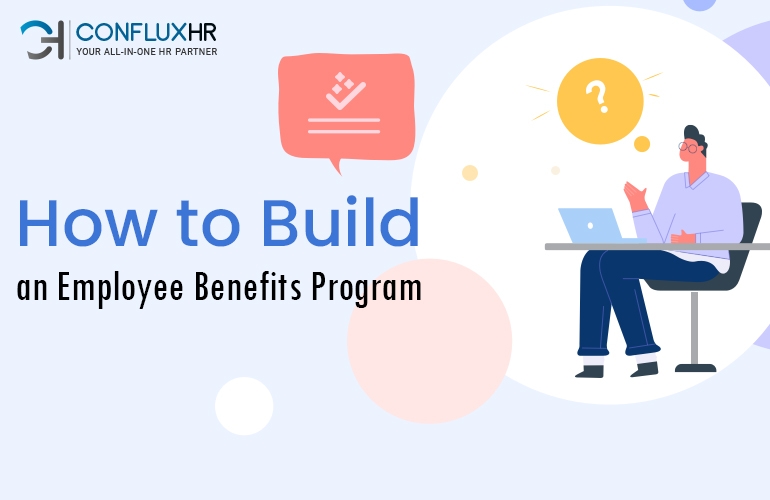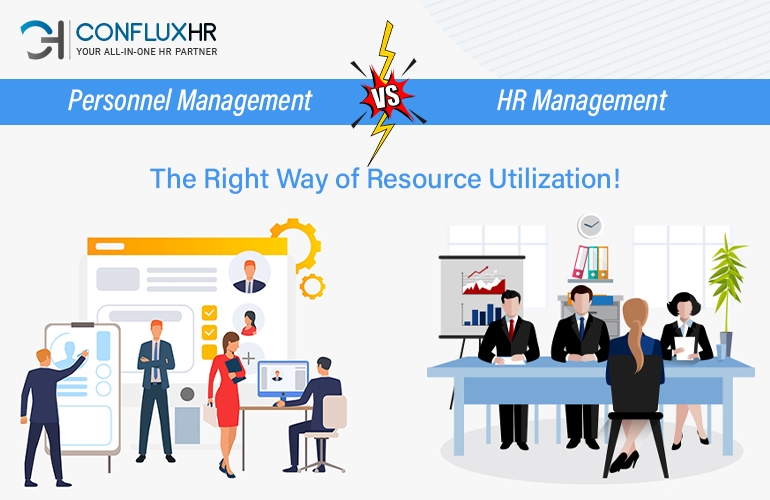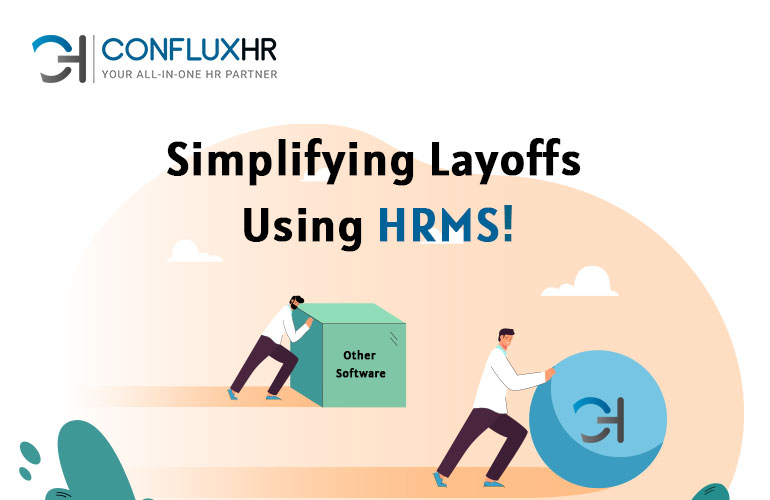From working in a setup where the center of power was with the employer to watch the shift of power to the employee, we have come a long way. The human resource management norms went for a toss in the last few years.
Businesses started taking employees seriously and taking care of every little grievance. Moreover, the leave management system plays an enormous role in employee engagement and retention.
Companies exhibit their progressive aspect by cultivating a great work environment for the employees to feel appreciated and energetic. Let us discuss a few leave types that every employer must know about to map out the leave management approach in their organization.
Types of leaves
The law body of the nation has minimal interference in the leave management scenario at work. However, they have outlined the specifics of the leave policy, which has been accepted by employers widely.
Let us go through the popular types of leaves that employers prefer to offer!
1. Privilege leave (PL)
Privilege Leave (sometimes known as Earned Leaves) is the type of leave employees earn by being present during the working days. In some parts of the world, these leaves are also called Flexi. To avail of these leaves, employees must plan and inform their reporting managers ahead of time. The best part of the leave type is it can be carried forward to the next financial year.
2. Casual Leave (CL)
Some companies provide casual leave apart from earned leaves. Such type of leaves compensates for unforeseen situations and of utmost emergency. CL is mandatory in many states. Moreover, some employers combine the entitlements of Casual leave and Sick leave to simplify the leave policy.
3. Sick leave (SL)
Sick Leaves are also known as medical leaves, which are extended to employees on the grounds of sickness and accidental cases. Sick Leaves are mandatory as per the law. However, employees often tend to misuse SL. Therefore, employers seek a medical certificate to validate the leave.
4. Maternity Leave (ML)
The Act of Maternity Benefit 1961 mandates that employers provide 26 weeks of paid leave to women who have worked for at least 80 days and are expecting a delivery date. Maternity Benefits is a central government act applicable to an individual’s first two children.
5. Compensatory Leave (Comp-Off)
Comp-Off is a leave that is entitled to employees in case of emergency. Employees who have been working on the weekends or holidays to hand over the deliverables on priority can claim a comp-off on a workday.
6. Marriage Leave
Some companies provide special leave for employees during the marriage. The employer can provide marriage leave from anywhere between 1-15 days. Moreover, the HR department can ask for the marriage invitation card or a marriage certificate as proof of leave approval.
7. Paternity leave
Paternity leave is extended to employees who are expecting to be fathers. It is a leave for fathers to take care of their newborn and the mother. The employer can grant the leave for a specific time from the date of birth of the child.
8. Bereavement Leave
Bereavement leave is extended to an employee who has lost a family member or a loved one to death. It is the leave to participate in the person’s last rites and grieve. This kind of leave is called compassionate leave in some parts of the world.
**Fun fact: Some companies also allow bereavement to leave for the death of an employee’s pet!
9. Leave without Pay (LWP)
At times employees run out of balance leaves of all types but still seek time off. Those leaves are categorized as Leave without Pay (LWP). During payroll processing, employers deduct salaries for the number of LWPs in a month.
The Way Forward
Every organization must have a static and progressive leave policy. Often employees assess the affluence of a company from the leave policy. If you have aimed at retaining employees for a longer period, you must have a progressive leave policy for your employees so that they feel valued.




